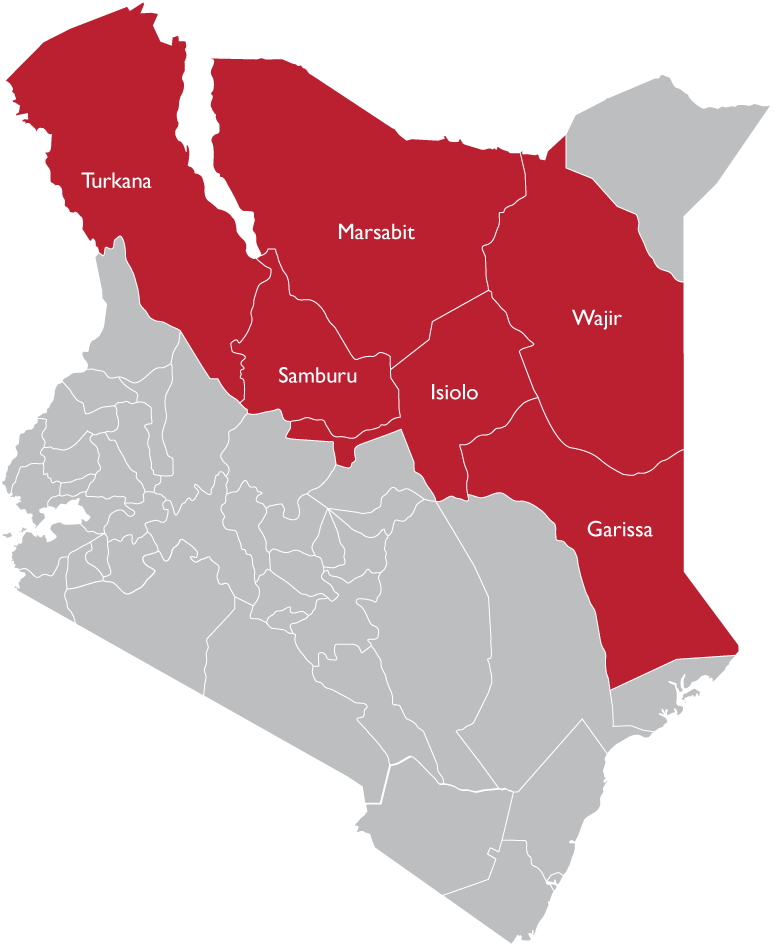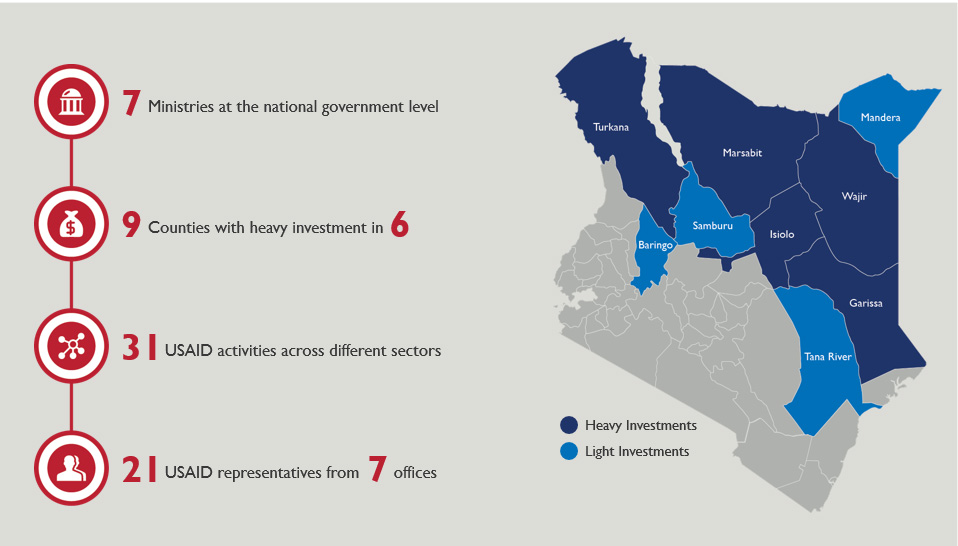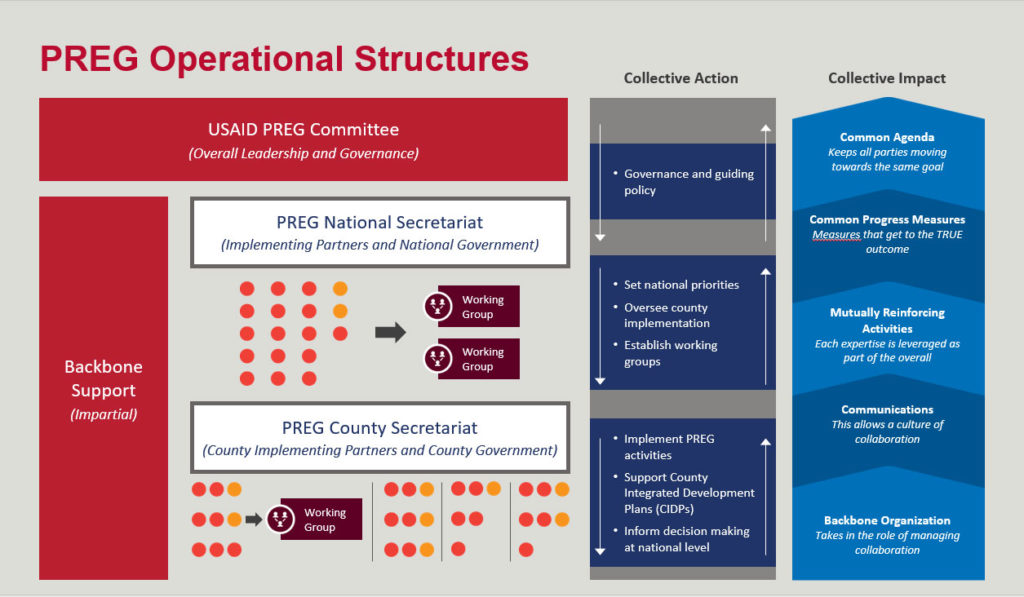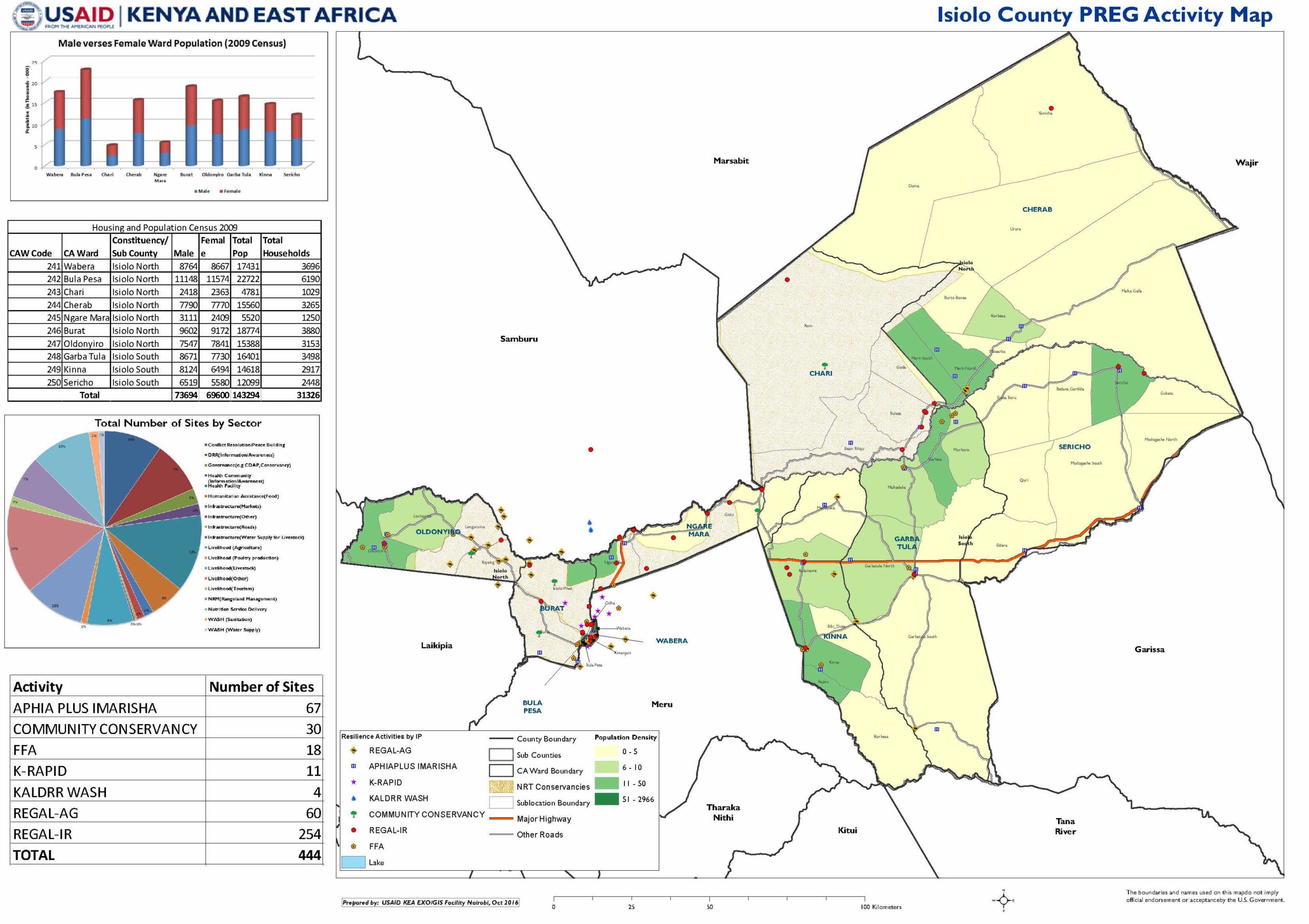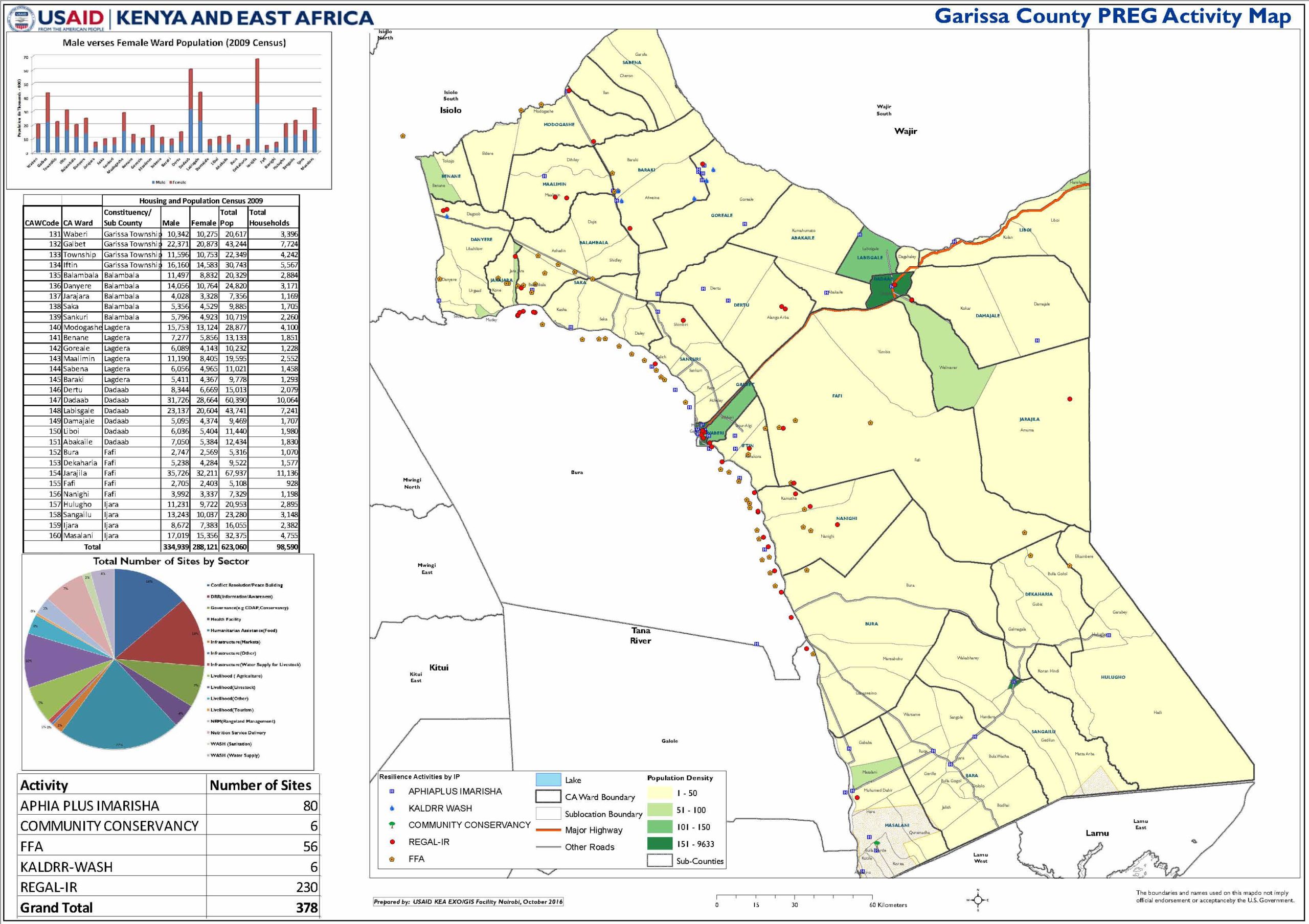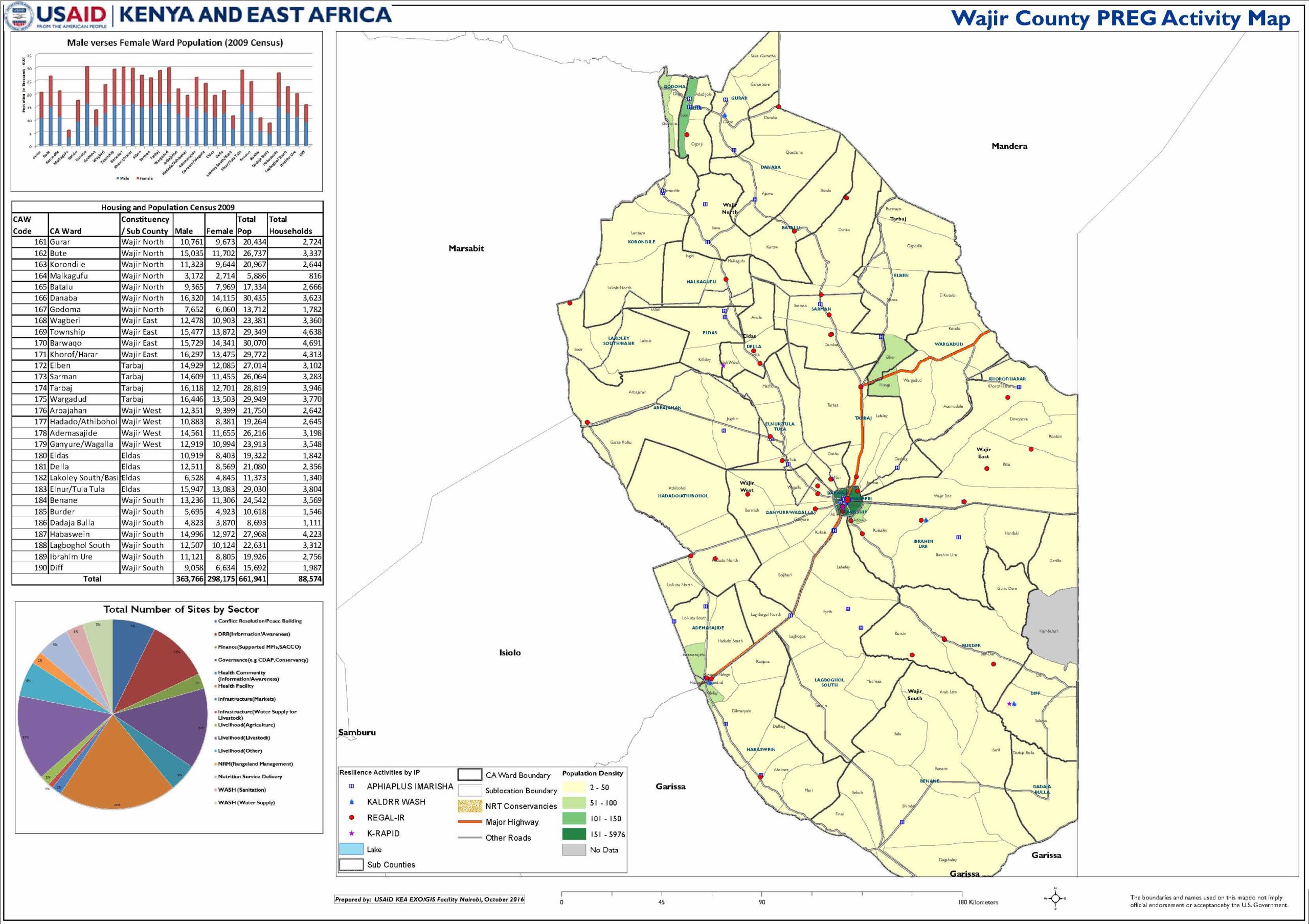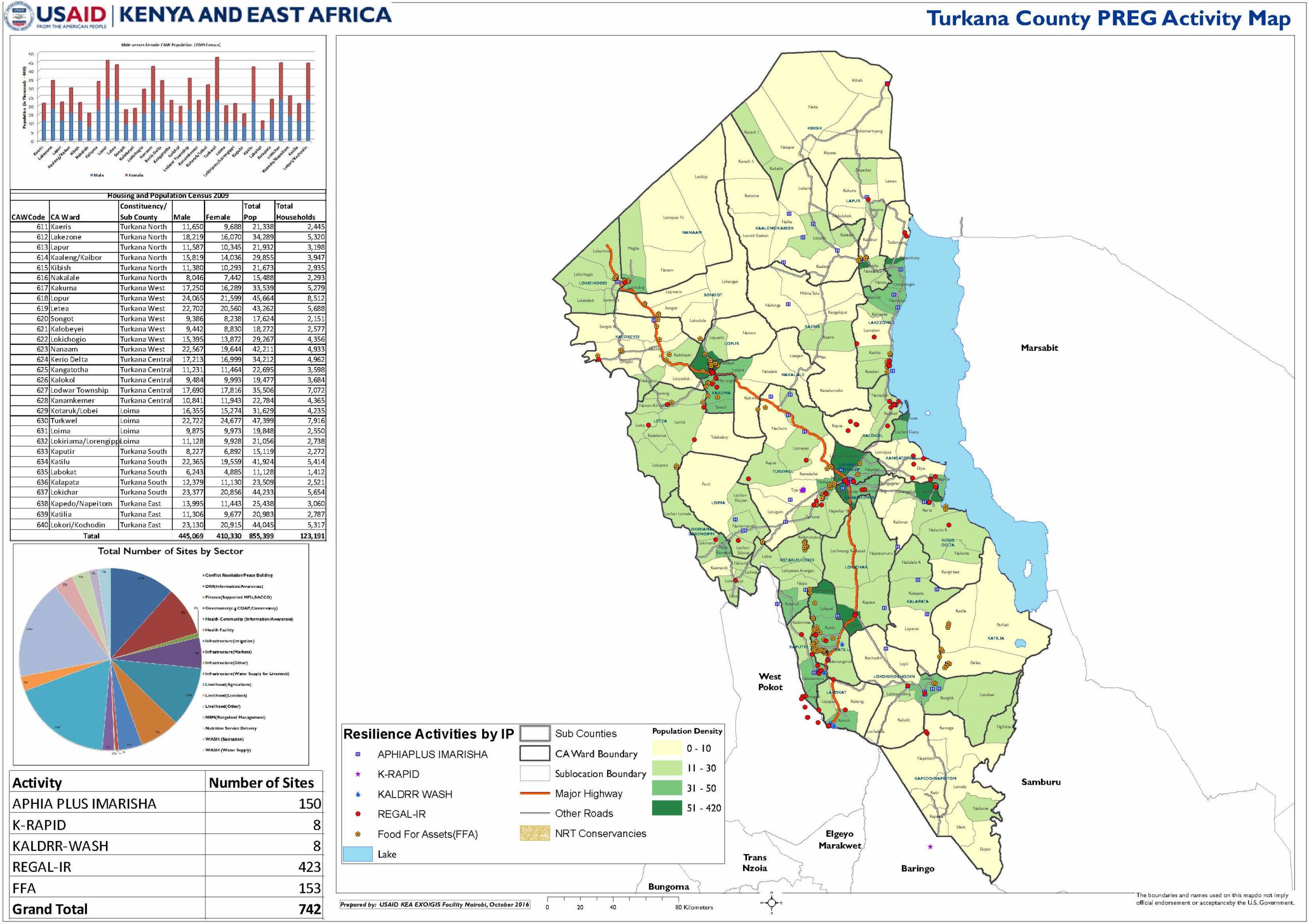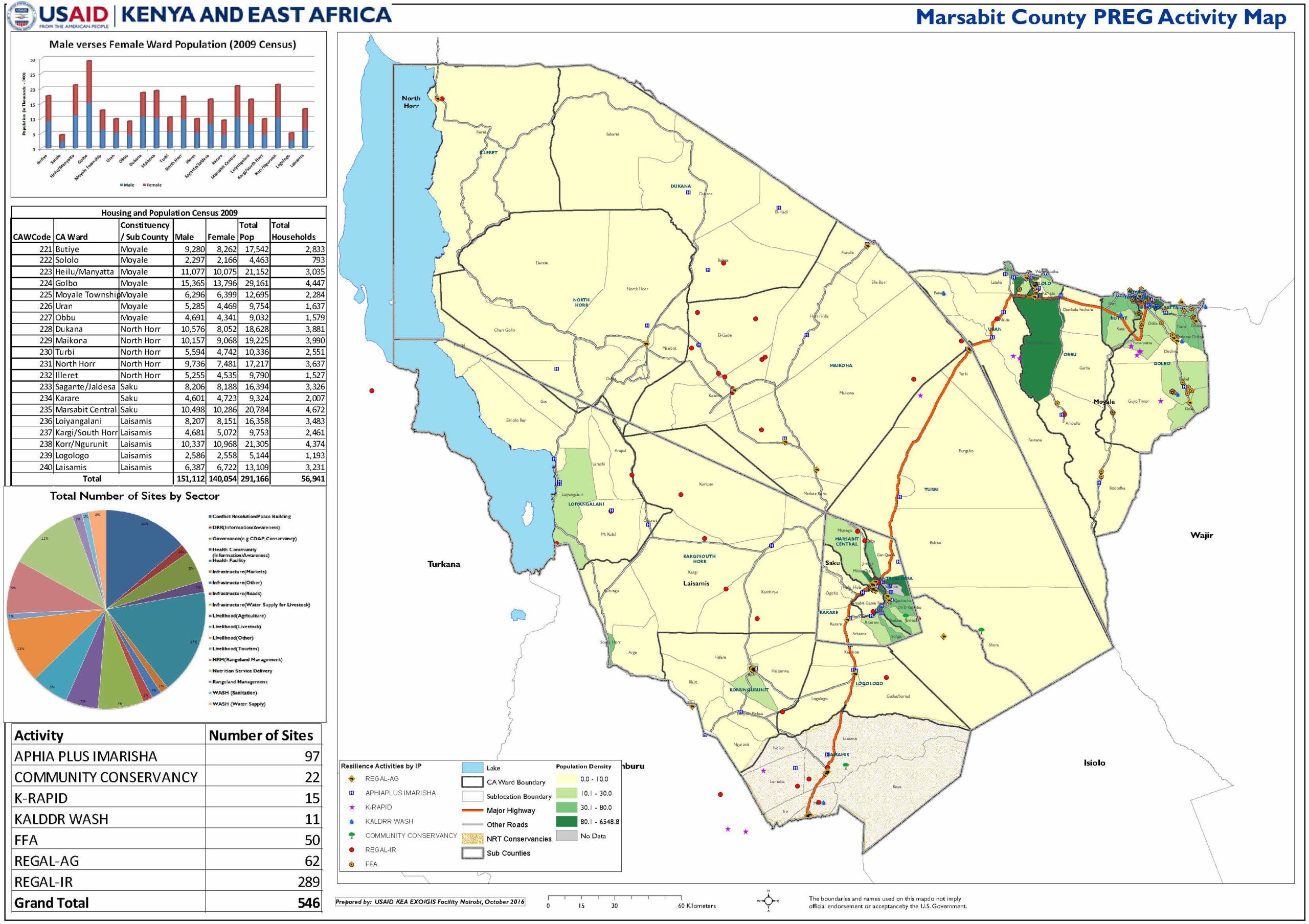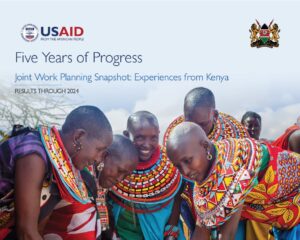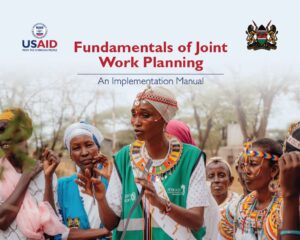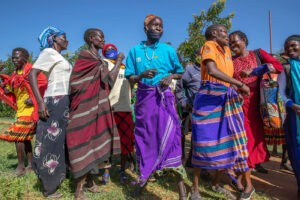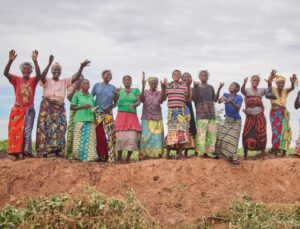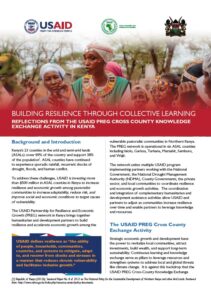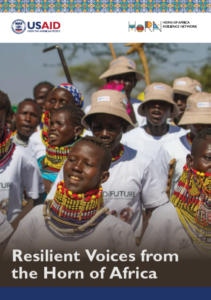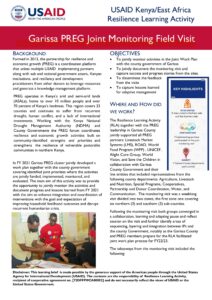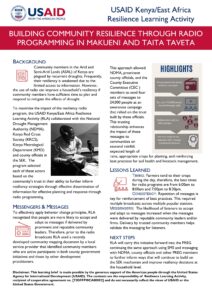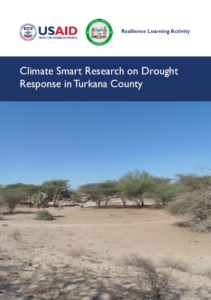OEGI
1. Accelerated Value Chain Development (AVCD)
2. SHARED
3. Kenya Resilient Arid Lands Partnership for Integrated Development (Kenya RAPID)
4. Expanding and Diversifying Viable Economic Opportunities.
5. Strengthening Community Capacities for Resilience and Growth
6. PREG Institutional Strengthening, Policy and Learning Activity (FTF and FFP funded)
7. Resilience Learning Activity
8. Scaling the Impacts of Resilience Programing through Local Systems
FFP
9. FEWSNET
10. UNICEF(jointly funded by OFDA and FFP)
11. WFP
OFDA
12. Action Against Hunger
13. Acted
14. IRC
15. CONCERN
16. RACIDA
17. Save the Children
18. UNICEF
19. World Vision Kenya
DGC
21. Agile Harmonized Assistance for Devolved Institutions (AHADI)
22. Ni Wajibu Wetu (NIWETU) – CVE activity
ENV
23. Climate Resilient Community Conservancies (NRT)
24. SERVIR
EDY
24. Kenya Youth Employment and Skills (K-YES)
26. TUSOME
HPN
27. AFYA Timiza
28. APHIA plus IMARISHA
29. Nutrition and HIV Program (NHP Plus)
30. CASE OVC
31. HSDSA Cluster 2
32. INTRAHEALTH HRH Kenya
33. Kenya Medical Supplies Authority (KEMSA MCP)
34. Kenya Supply Chain Systems Strengthening (KSCSS)
Washington-Funded
37. Koota Injena
